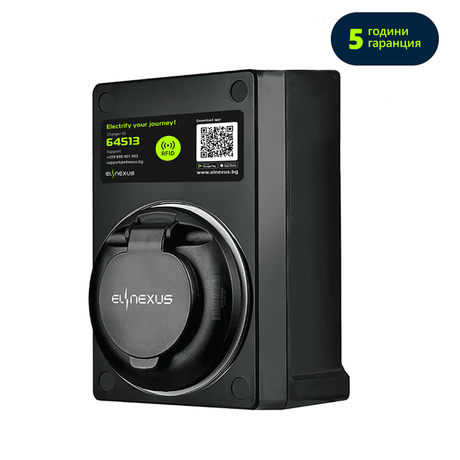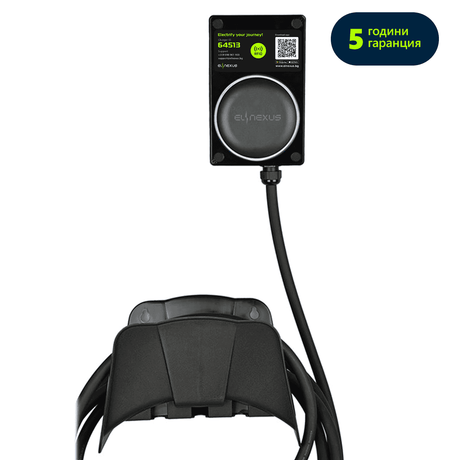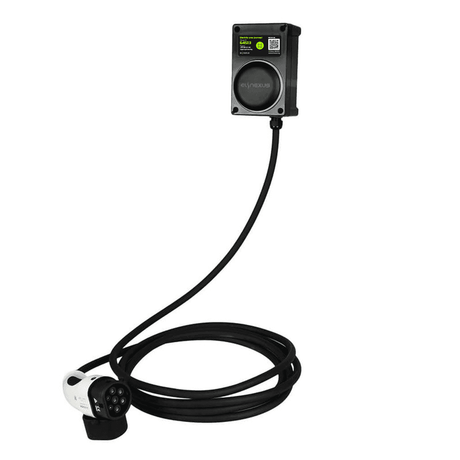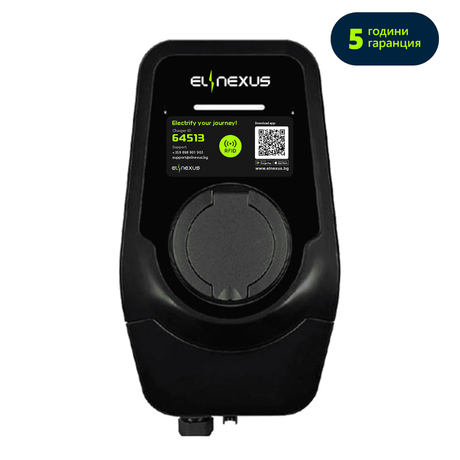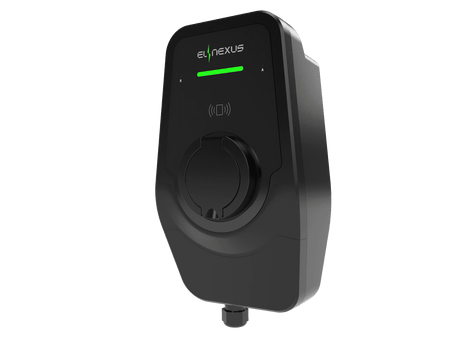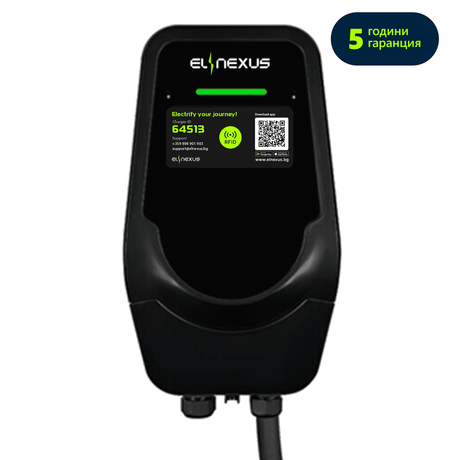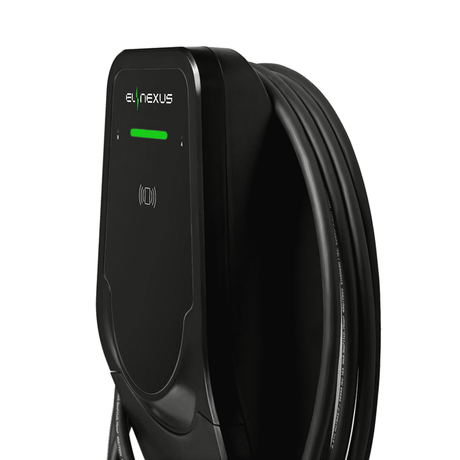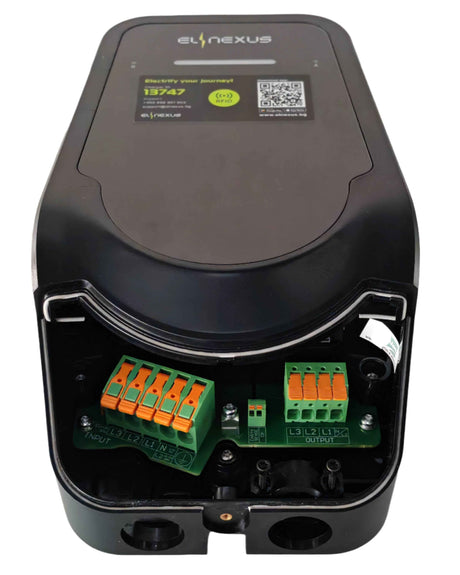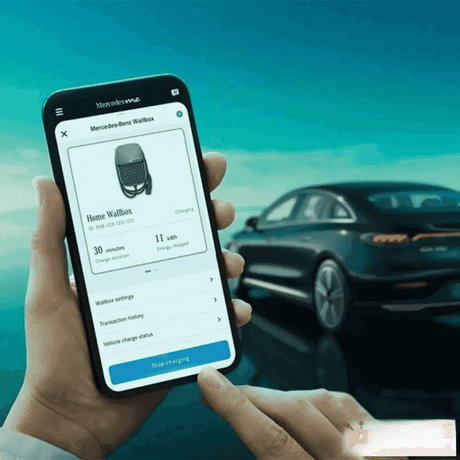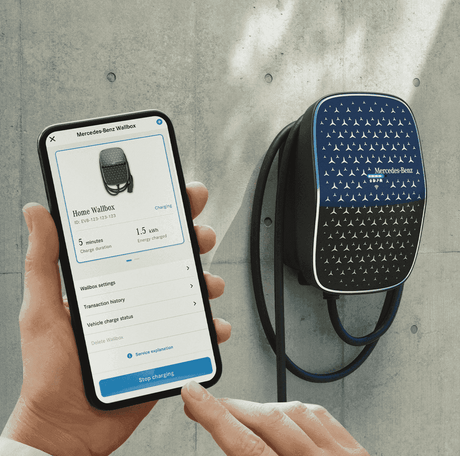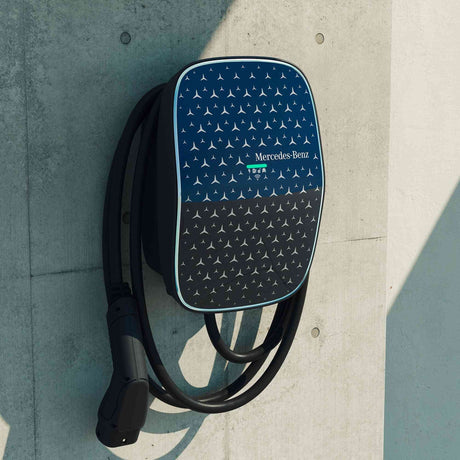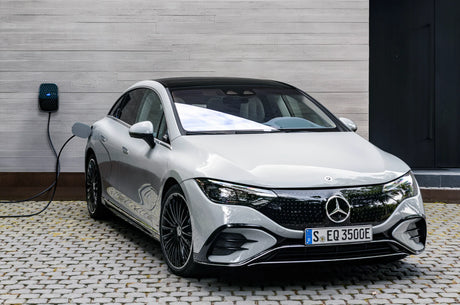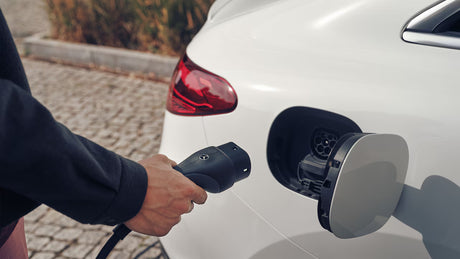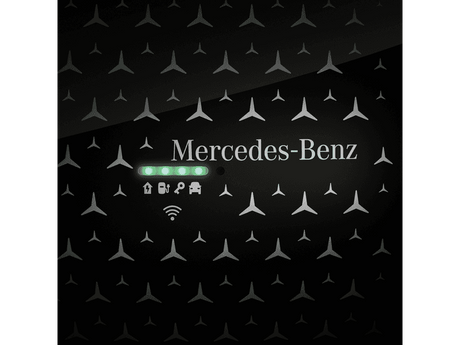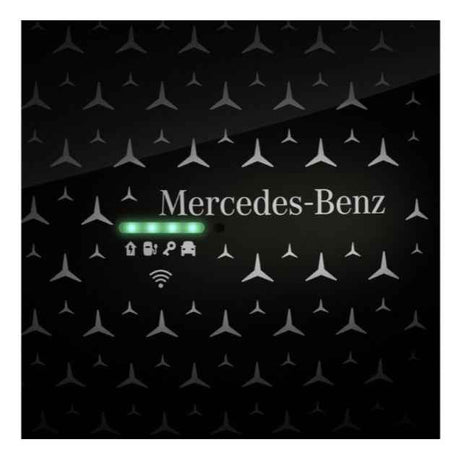- 40% off
ELNexus
ELNEXUS EV7 CHARGING STATION | 7.4 KW AC TYPE 2 | WITH CONTACT
Sale price 479.00 лв Regular price 799.00 лвUnit price /UnavailableIn stock - Up to 40% off
ELNexus
ELNEXUS EV7 CHARGING STATION | 7.4 KW | WITH CABLE
Sale price From 555.00 лв Regular price 925.00 лвUnit price /UnavailableIn stock - 40% off
ELNexus
ELNexus EV22 PLUS TYPE 2 CHARGING STATION | 22 KW AC WITH CONTACT
Sale price 899.00 лв Regular price 1,499.00 лвUnit price /UnavailableIn stock - Up to 40% off
ELNexus
ELNexus EV22 PLUS TYPE 2 CHARGING STATION | 22 KW AC WITH CABLE
Sale price From 954.00 лв Regular price 1,590.00 лвUnit price /UnavailableIn stock ELNexus
Charging station ELNexus Tower 44 Type 2 | 2 x 22 kW AC
Regular price 4,999.00 лвUnit price /UnavailableIn stock- 11% offNew arrival
Rolec
EVO трифазна зарядна станция за електромобили – 7.4kW - 22kW
Sale price 1,549.00 лв Regular price 1,749.00 лвUnit price /UnavailableIn stock - Pre-order
Alpitronic
Fast charging station 50 kW DC Alpitronic Hypercharger CCS 2
Regular price 40,500.00 лвUnit price /Unavailable Mercedes Benz
Charging station MERCEDES-BENZ 22 KW 4G Connect 6M CABLE TYPE 2
Regular price 2,699.00 лвUnit price /UnavailableIn stock- 4% off
Mercedes Benz
MERCEDES-BENZ 22 KW | WALLBOX Connect | 6 M CABLE TYPE 2
Sale price 2,299.00 лв Regular price 2,399.00 лвUnit price /UnavailableIn stock - New arrival
Ecotap
Зарядна станция Ecotap Duo Wide – 2×22 kW, Type 2
Regular price 10,299.00 лвUnit price /UnavailableIn stock Legrand
Legrand 7.4 kW single-phase charging station with cable and Type 2 connector
Regular price 1,749.00 лвUnit price /UnavailableIn stockLegrand
Legrand 22.1 kW three-phase charging station with 5m cable and Type 2 connector
Regular price 2,470.00 лвUnit price /UnavailableIn stock- Pre-order
ELNexus
DC Fast Charging Station ELNEXUS VoltPro 120 kW, 2 electric vehicles
Regular price 0.00 лвUnit price /UnavailableIn stock - Pre-order
ELNexus
DC Fast Charging Station ELNEXUS VoltPro 80 kW, 2 electric vehicles
Regular price 0.00 лвUnit price /UnavailableIn stock - Pre-order
ELNexus
DC Fast Charging Station ELNEXUS VoltPro 180 kW, 2 electric vehicles
Regular price 0.00 лвUnit price /UnavailableIn stock - Pre-order
ELNexus
DC Fast Charging Station ELNEXUS VoltPro 140 kW, 2 electric vehicles
Regular price 0.00 лвUnit price /UnavailableIn stock


